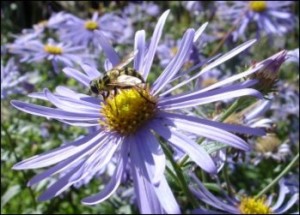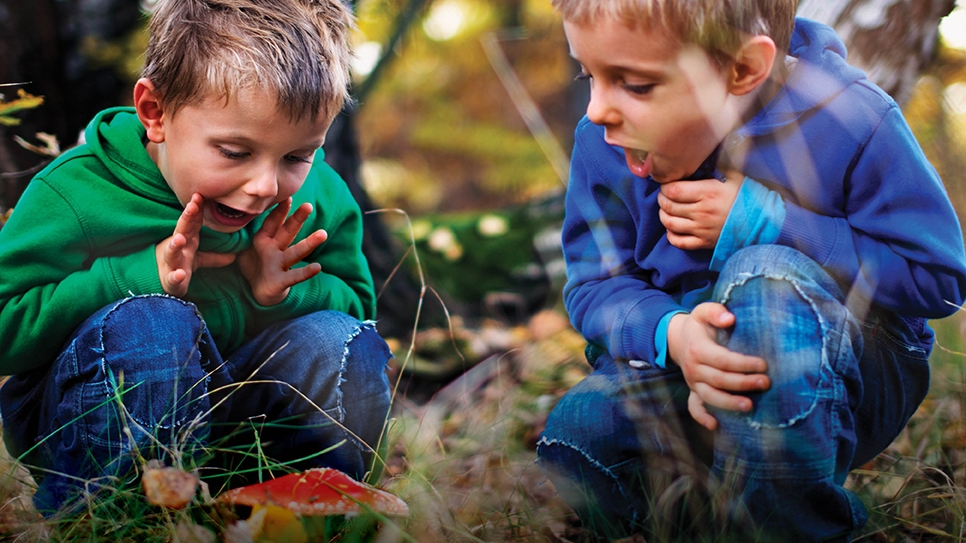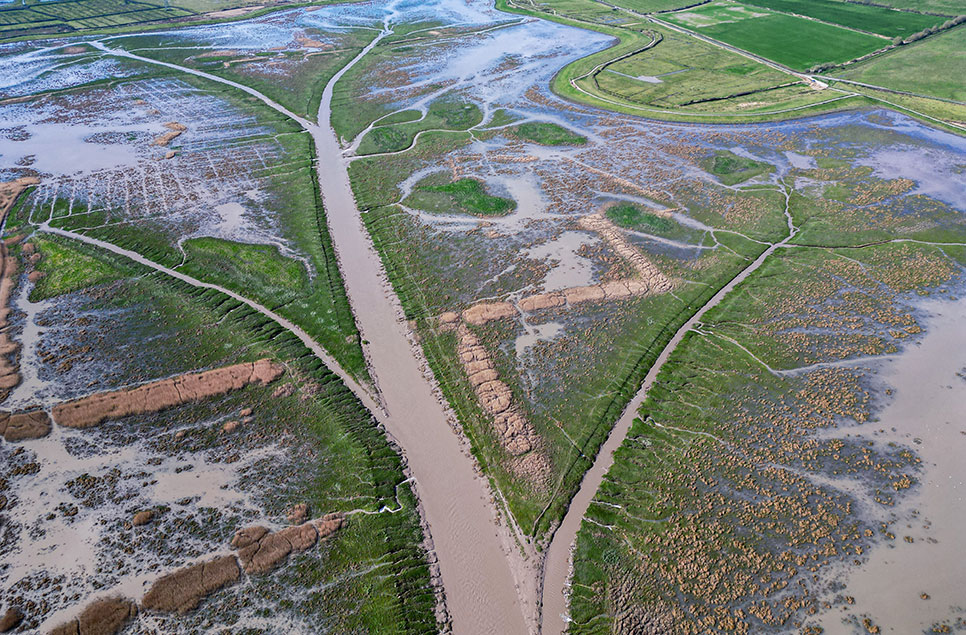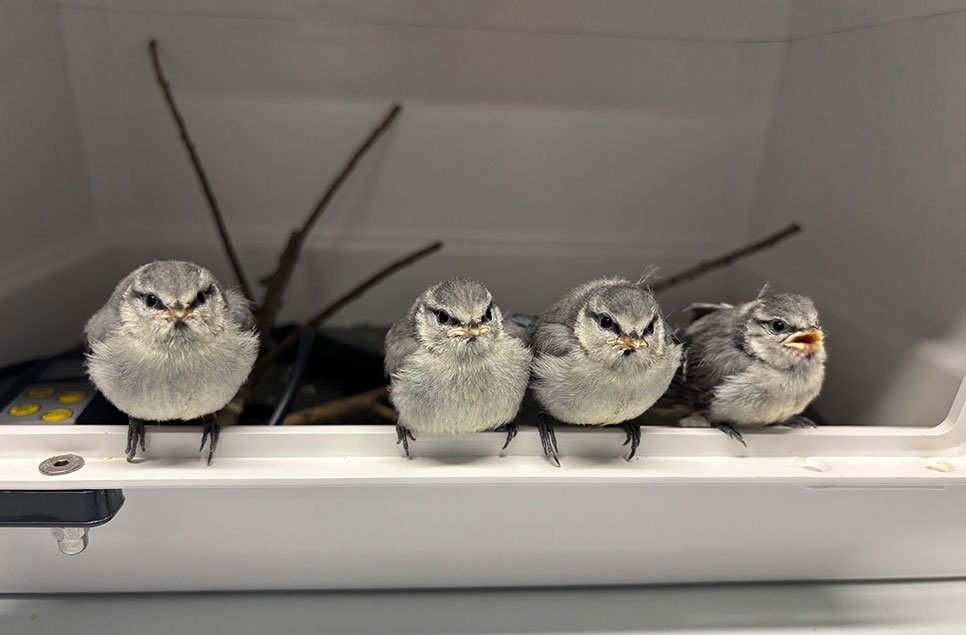Festival of Gardening
Guest blog by London Wetland Centre's gardening expert Alwyn Craven
With a little thought everyone can have a garden which works well for people as well as for wildlife.
For example, our sustainable gardens here at London Wetland Centre use simple ideas such as log piles and a living roof to provide shelter and food for birds and animals.
The importance of gardens to wildlife can’t be underestimated which is why London Wetland Centre is holding a Festival of Gardening in March and April.
So, over the next few weeks on this blog we’ll be exploring the ways and means by which you can make your own garden work wonderfully for you as well as for wildlife.
The key to wildlife gardening lies in creating habitats for creatures to feed off, live in and even breed in. Generally, the greater the diversity of habitats in a given area the better, but that doesn’t mean that every garden has to have patches of woodland, tracts of meadow and wetlands.
Fortunately Britain’s gardens cover an area of nearly 1 million acres, with many patches being well connected forming corridors through which wildlife can travel.
This means that you shouldn’t think of your garden as a single entity, but part of a huge patchwork of habitats. If you don’t have space for large trees or a pond, don’t worry, it’s more than likely that one of your neighbours does!
Even if you only have a small garden or just a window box, you can still help wildlife by doing things like planting nectar-rich flowers for insects to feed on. For example, michaelmas daisies (above) are great for butterflies and bees.
So I hope you’ll enjoy hearing what we’re doing in our gardens here at London Wetland Centre over the next few weeks.
And if you’re looking for tips and inspiration for your own garden then come along and join in our Festival of Gardening





